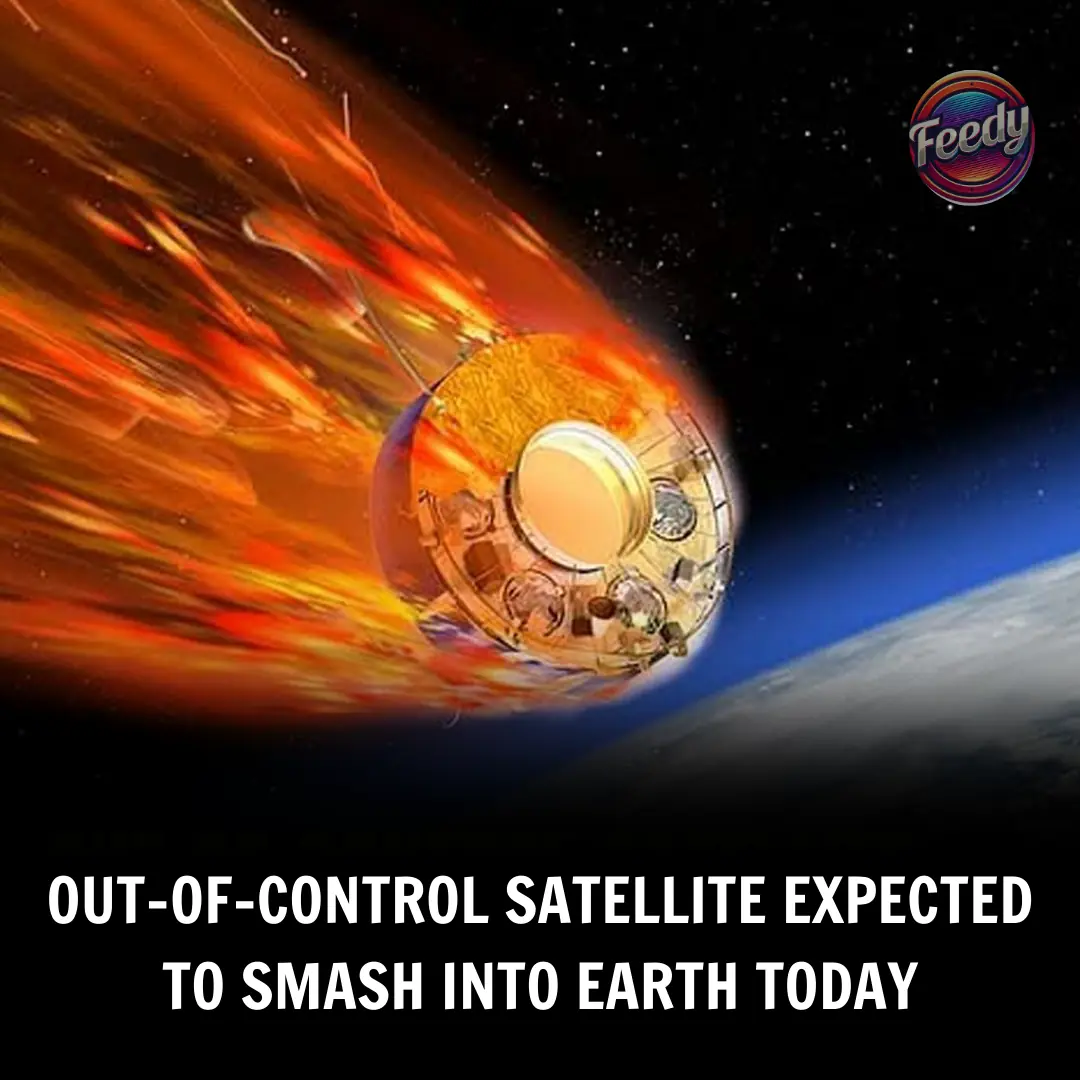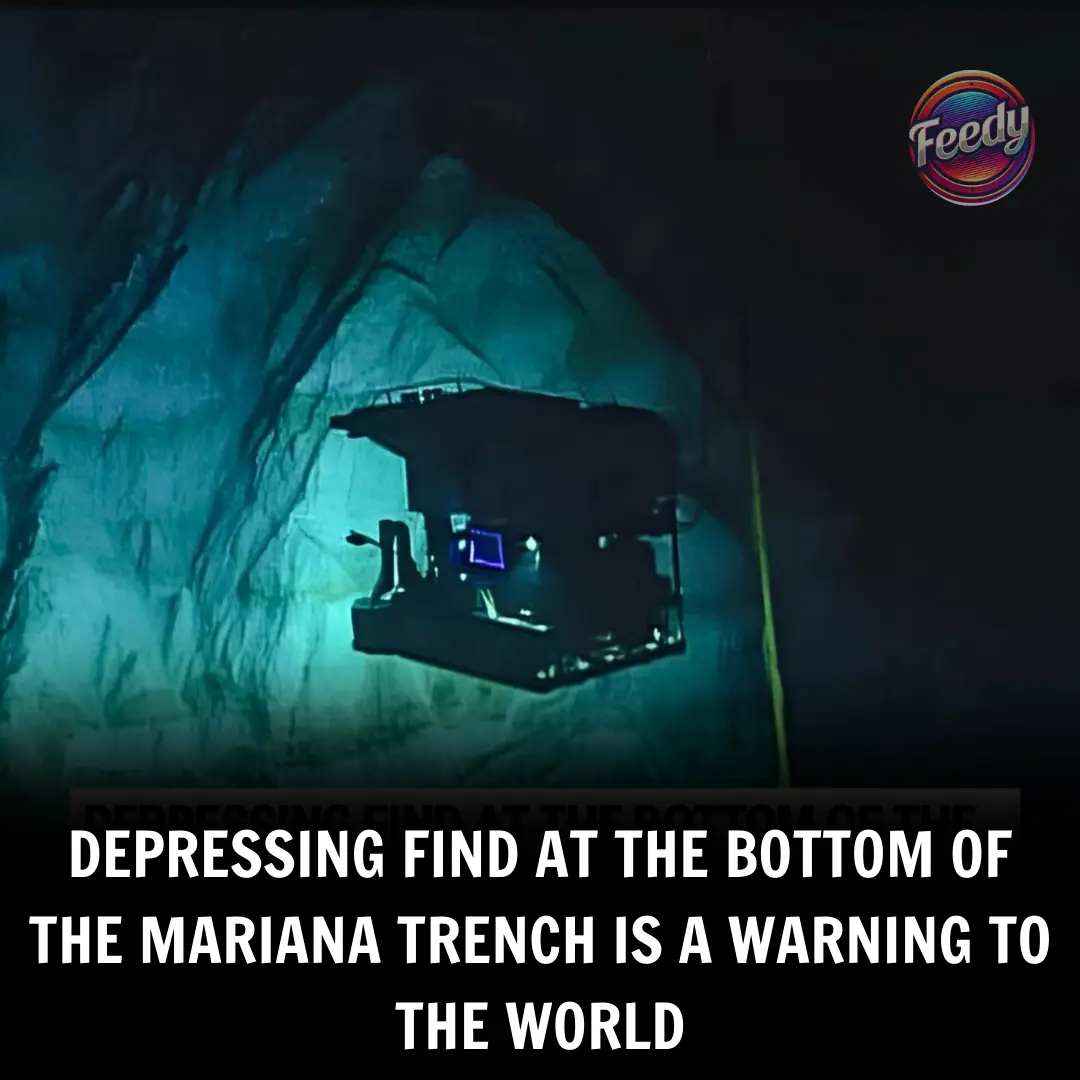
Soviet-Era Spacecraft Re-Enters Atmosphere At 17,000mph — Impact Zone Remains Uncertain

Scientists predict that a Soviet satellite that has gone awry will crash into the Earth today, but they are unsure of the exact location.
Originally intended to travel to Venus, the spacecraft never reached the planet and is now predicted to return to Earth.
Kosmos 482, a half-ton Soviet craft, is expected to crash over water or a barren area.
‘Infinitesimally minuscule’ is how experts describe the likelihood of it landing in a populated region.
On Friday, scientists predicted that, give or take a few hours, it will probably land on Saturday morning, US eastern time.The precise time and location of the spacecraft known as Kosmos 482’s descent were still unknown, despite the fact that space debris monitors from all around the world were converging in their predictions.
The spacecraft’s age and possible solar activity were the causes of that uncertainty.
University of Colorado Boulder scientist Marcin Pilinski said, “While we can anticipate that most of this object will not burn up in the atmosphere during re-entry, it may be severely damaged on impact.”
It was quite unlikely to affect populous regions, according to Mr. Pilinski.
ts batteries were thought to be long gone and its parachutes obsolete by now.
According to Dutch scientist Marco Langbroek, if the probe survives, it will be approaching Earth at about 150 miles per hour.
When the satellite was launched in 1972, its goal was to join other spacecraft in the Venera program by travelling to Venus.
But this one was locked in orbit around Earth due to a rocket malfunction.
It was predicted that gravity would ultimately bring about its demise because it continued to pull.
The spherical spaceship, which is 3 feet (one metre) across and weighs over 1,000 pounds (495 kg), will be the final component of Kosmos 482 to descend from the sky.
Within ten years, every other component fell apart.
According to a United Nations agreement, Russia will own any remaining wreckage.
Using the most recent observations of this spacecraft, Dr. Marco Langbroek, an astronomer and satellite tracker at the Delft University of Technology, has estimated its potential fall location.
According to Dr. Langbroek’s earlier calculations, the landing module might affect any location between 52 degrees north and 52 degrees south latitude.
Anywhere south of Milton Keynes, Ipswich, and Cambridge in the UK was at risk of being struck.
Dr. Langbroek has now been able to determine the route Kosmos 482 will follow as it descends and which cities it will pass over thanks to additional measurements of its orbit.
Many densely populated locations may be at risk if this path is compared to a list of cities with a population of one million or more.
London, Brussels, Vienna, Budapest, Bucharest, and several other major cities in Europe could be affected by the craft.
Phoenix, Philadelphia, Calgary, and Havana are all on the re-entry path in North America.
With São Paulo, Rio de Janeiro, Salvador, and Natal all at risk, Brazil is the most vulnerable country in South America.
With important Asian cities like Hiroshima and Sapporo in Japan, Fuzhou in China, Nagpur in India, and Pyongyang in North Korea all within its path, the rest of the world is also not completely safe.
Brisbane sits just beneath the potential landing trajectory, demonstrating that even Australia’s thinly populated regions are vulnerable.
News in the same category


Scientists Have Discovered The Ancient Origins of Cannabis

Growing Panic In New England As Another Body Surfaces — Police Address Serial Killer Concerns

Alan Jackson’s Wild Concert “Command” Sparks Chaos As Fans Rush The Stage

Father who murdered 10-year-old daughter is attacked in prison

Kim Sae Ron Admits To Having Sex With Kim Soo Hyun As A Middle School Student

Depressing find at the bottom of the Mariana Trench is a warning to the world

Paris Hilton’s Unwavering Strength: A Mother’s Defense Against Cruel Comments

What Are Portholes, and Why Are They Used On Cows?

Halley’s Comet Is Back — But This Time, It’s Raining Fire

Found a Hole in Your Tomato? Here’s What It Really Means and What You Should Do Next!

Understanding and Managing Chin Whiskers in Women: Causes, Impact & Solutions

Gynecologist Refuses to Treat Trans Woman, Sparking Backlash Over Refused Care

Flight attendant explains the unexpected reason cabin crew keep their hands under their thighs during takeoff and landing

Little-known mistakes and bloopers in Dukes of Hazzard

Paramedic fatally stabbed by patient he was trying to help during ambulance ride, police say

Man Who Predicted Covid Outbreak Reveals Chilling Warning About New Emerging Crisis

Alarming Health Warning: Experts Say the U.S. Faces Growing Threat from Bird Flu — “We Must Prepare Now”

Jon Bon Jovi reveals how his 36-year marriage to childhood sweetheart Dorothea has stood the test of time
News Post

Delicious & Cooling Cold Summer Borscht Recipe

Unveiling the Wonderful Secret of Boiling Walnuts 🌰

Amazing Life Hacks with Vaseline

🧼 Homemade Soap with Vinegar & Baking Soda

🥤 11 Powerful Reasons to Drink Aloe Vera Water Daily

DIY Tomato ice cubes to Remove Dark Spots & Clear Skin | Tomato Benefits for Skin

Fenugreek seeds for Hair Growth – Fenugreek Hair Rinse & it’s Benefits for Hair

Reverse Hair Greying – Turn White Hair to Black

Why Mixing Cloves with Coffee Might Be the Best Thing You Ever Do for Your Health

Red Onion for Hair Growth: A Natural Solution for Hair Thinning

Boil Garlic in Milk & Drink Once – Here’s Why You Need to Start Doing This!

Shelter ”shocked and gutted” after taking in abused, neglected dog

Dying woman says final goodbye to her parrot: The bird’s instant reaction leaves me in tears

Glow Ice: Rice Water Cubes to Shrink Pores and Get Clear, Radiant Skin

BUSHIDO: 10 Great Samurai Proverbs

Japanese Newspaper That Transforms into Plants Promotes Sustainability

Online users look for answers on old wooden objects that fed clothing to the wind

Daring photo series challenges female body hair standards
